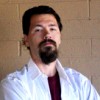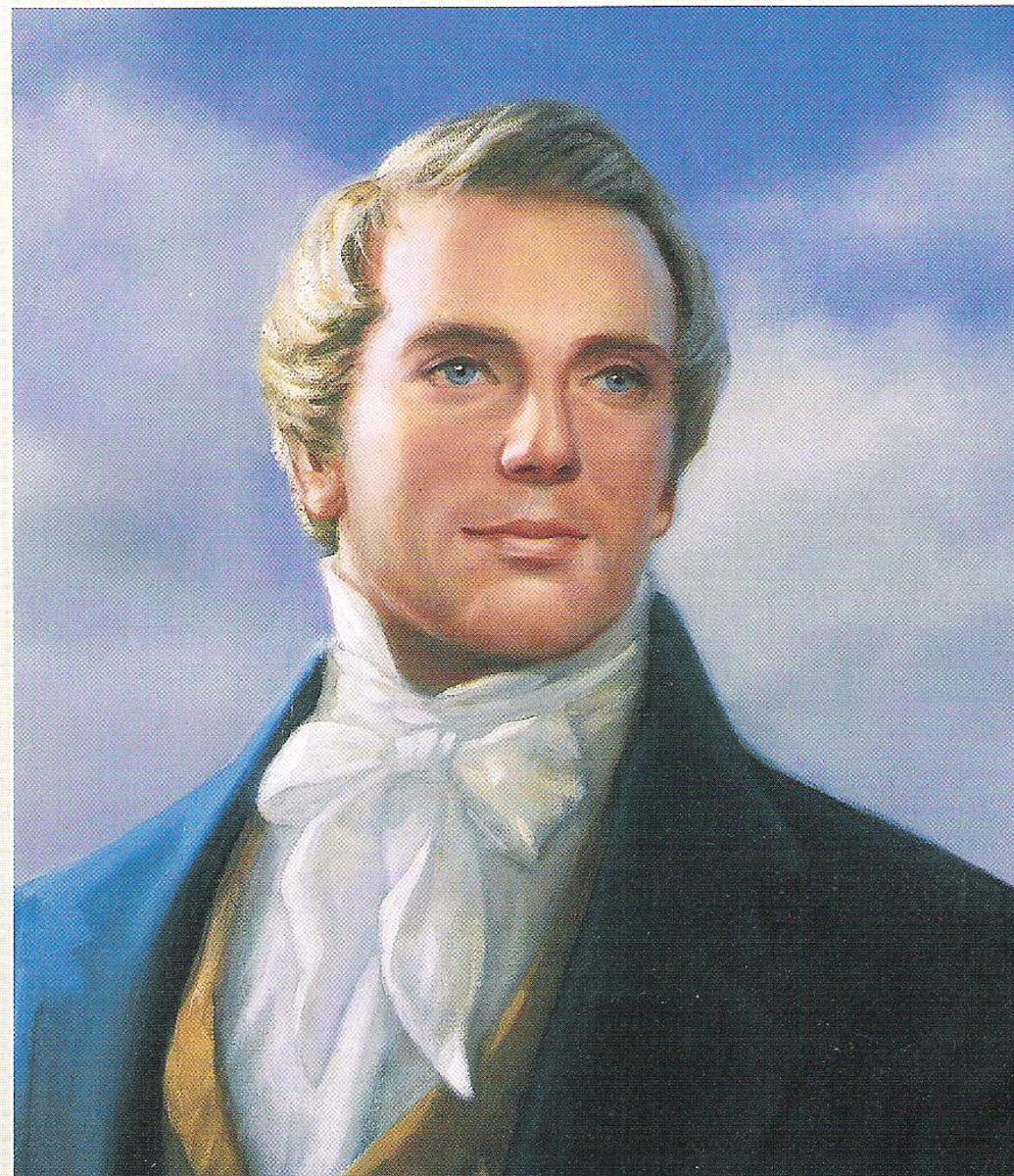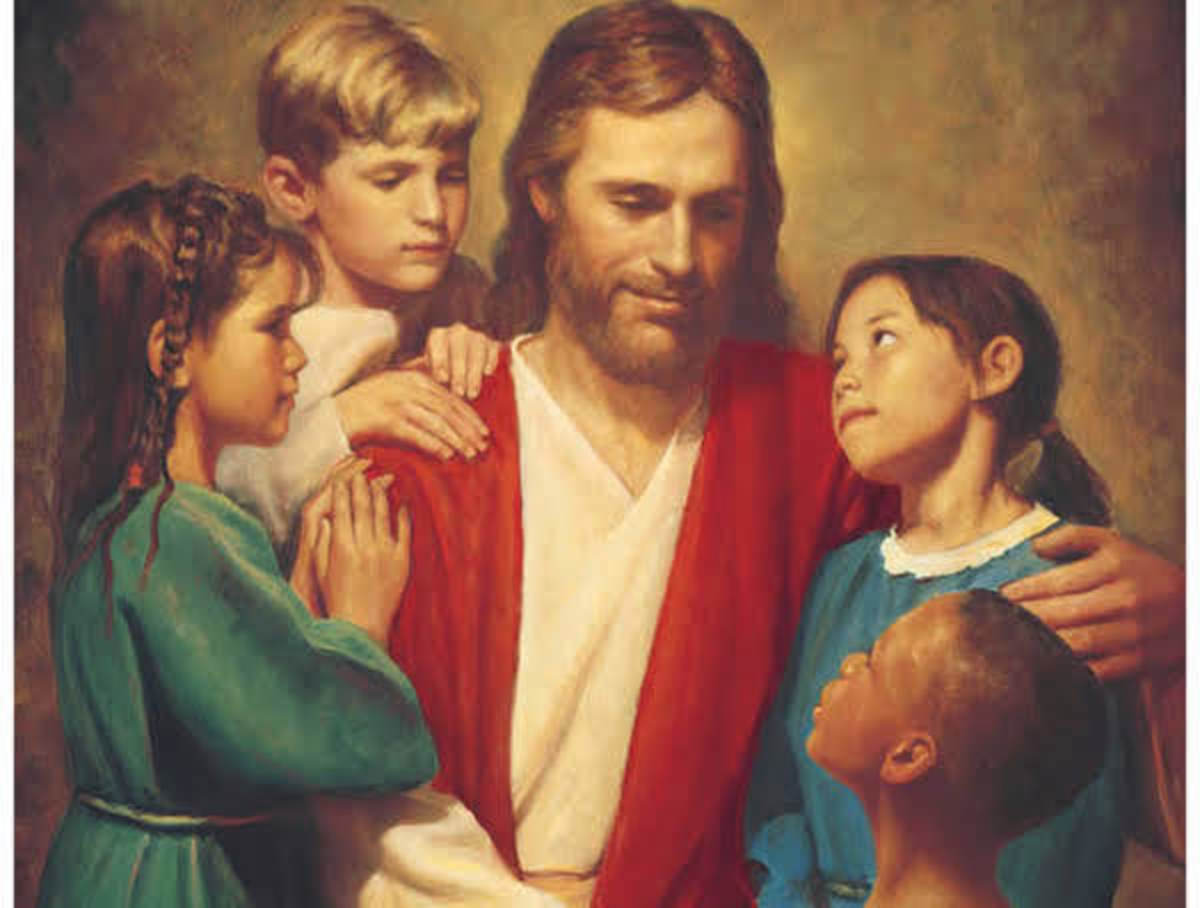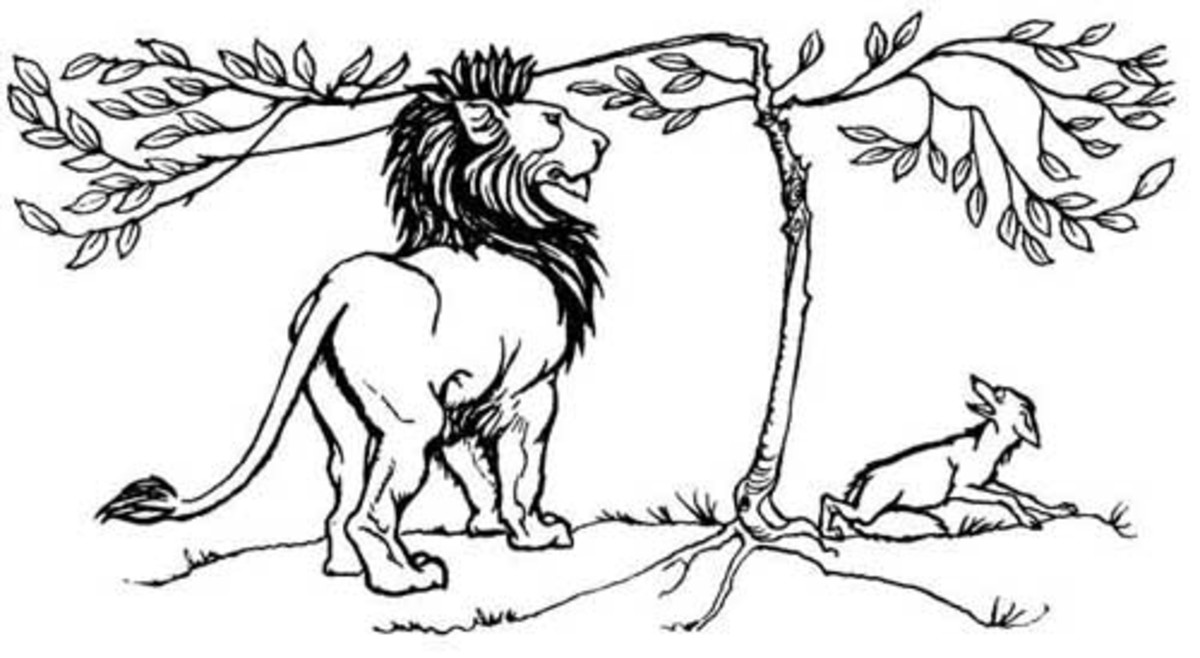A Review of The Church of Jesus Christ of Latter Day Saints and Brief Comparison with Islam

Introduction
Even in this lightning paced world of high technology and instant communications, it takes time for data to be compiled and distributed. According to the Population Reference Bureau, the world population in 2007 was approximately 6.625 billion (2010). Compare that to numbers of 2.1 billion Christians, 1.5 billion Muslims, 1.1 billion non-religious/agnostic/atheists, 900 million Hindu, 394 million Chinese tradition, 376 million Buddhists, with other religions trailing well behind, and we see that the world is a bit under a third Christian (Adherents.com, 2007) To say one is Christian is one thing. To those of the varying Christian faiths, however, there are some major differences between the paths Christianity has risen to take over the past 2,000 years or so. The total number of Christians in America is estimated to be around 76% as of 2008 (Ontario Consultants on Religious Tolerance, 2010). If we consider the estimated population of 302 million (Population Reference Bureau, 2010), this would mean about 229,520,000 Christians can be found within the borders of the United States. If we combine that with an estimate of almost 6 million--or, right around 2%--of the population within the United States being Mormon (Hardy, 2010), this is an overwhelming small number of members who are part of the Church of Jesus Christ of Latter-day Saints. With these seemingly small numbers, it is interesting that Mormons can be found throughout our culture. In everything from prime time television (i.e., Big Love) to jokes to radio advertisements, one can get one glimpse or another of their religion. The fact that their numbers are so small lend a bit of reasoning to the various misconceptions and rumors that fly about in regard to the Mormon faith. In this document, we will review the foundations of the Church of Jesus Christ of Latter-day Saints, visit one oftheir places of worship and interview a member from their church, as well as compare the Church of Latter Day Saints with in relation to the religion of Islam.
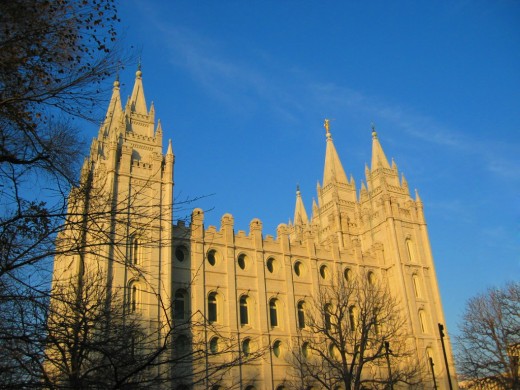
An Introduction to the Church of Jesus Christ of Latter-day Saints
Mormonism is a relatively new religion. When we consider Christianity began around the time of the death of Jesus Christ some 2,000 years ago, an entirely new offshoot of the precepts of Christianity springing up less than 200 years ago can seem a bit peculiar. While members of The Church of Jesus Christ Latter-day Saints are all Mormons, not all Mormons belong to The Church of Jesus Christ of Latter-day Saints. The Church of Jesus Christ of Latter-day Saints was founded in 1830, the same year that Joseph Smith II published The Book of Mormon (Melton, 2010). It does not help matters that even authoritative texts would differ in the interpretation of something so simple as dates. Take, for example, how The Book of Mormon states that Joseph Smith was visited by the resurrected Moroni in September of 1823 with guidance in relation to the golden plates, which Smith would translate into The Book of Mormon and also found The Church of Jesus Christ of Latter-day Saints (The Church of Jesus Christ of Latter-day Saints, 2010). At the same time, the History Channel—well respected for its unbiased and accurate reporting—indicates that Smith was not visited by Moroni (described as an angel rather than as a resurrected being) until 1827 (Melton, 2010). Dates and mostly minor details aside, we know that the Church of Jesus Christ of Latter-day Saints was formed somewhere in the first half of the 19th century. Their tenets are relatively well documented, sharing a mostly Christian background. It is said that Joseph Smith II was a prophet, shown the plates and gifted with the ability to read them in an effort to reclaim and redirect the modern Christian churches. The history of The Church of Jesus Christ of Latter-day Saints is both short and colorful. We can trace their beginnings from Joseph Smith’s translation of ancient gold plates, moving from western New York to the Midwest. Smith had hoped to set up Zion, a centralized area for those who believed in Christ and would serve as a sort of “New Jerusalem” for the Second Coming of Christ. Smith had hoped for this area to be located in Jackson County, Missouri (The Church of Jesus Christ of Latter-day Saints, 2010). The Church of Jesus Christ of Latter-day Saints has been affiliated with a variety of misconceptions and even some ideas of their faith that were true, but not fully understood. In the early years of the religion, members The Church of Jesus Christ of Latter-day Saints practiced polygamy, their own founder was cast in jail alongside his brother where both were also killed by an angry mob, as well as several run-ins with the law which almost escalated to military action (Melton, 2010).
Times have changed since then, and much has happened over the years. It is estimated that nearly 150 groups have splintered from the main. One of the most notable is the Reorganized Church of Jesus Christ of Latter-day Saints. The Church of Jesus Christ of Latter-day Saints has done away with the practice of polygamy and worked with the government to put a stop to it all together. The 45th state in our union—Utah—was actually founded by The Church of Jesus Christ of Latter-day Saints. There are ideas that the followers of Joseph Smith promoted the idea that aliens exists, everyone is a god in one way or another, theirs is the only true faith, and more. While most of these rumors have at least some small basis of truth in the church’s actual teachings, there is much more that is not understood by those outside their walls. The Church of Jesus Christ of Latter-day Saints puts an extraordinary emphasis on family life and commitment to the community, leading by example, testifying, and more. If we consider the estimate from The History Channel—the number of nearly 11 million claimed members of the Church of Jesus Christ of Latter-day Saints—and we also consider our earlier estimates, one might consider that perhaps their faith is growing much faster than previously anticipated.
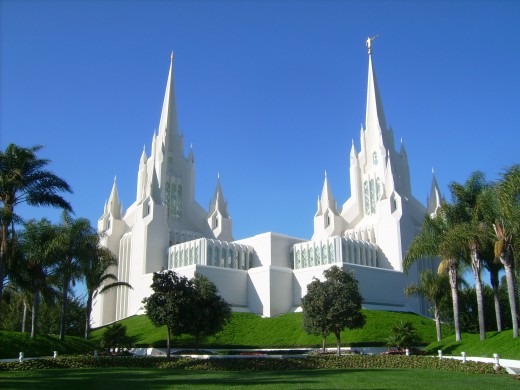
A Visit to the Site & Interview
When I went to The Church of Jesus Christ of Latter Day Saints in Florence, AZ, I was met with smiles even though I did not know anyone. I noticed that the church seemed to be really big. I also noticed that there was a basketball court inside the church as well as a stage. I was led to a big room where the service was preformed. The service was given by different members of the church. After service—which was referred to as sacrament—I was shown led to a room with only women in it they called this Relief Society. The Relief Society was almost like a Sunday School except that it was just for women. After this I was directed to Sunday School where both men and women came together and we had another lesson. I could imagine someone getting lost in this church, but the people were friendly and happy to show me where to go. Someone showed me the rooms used by the kids at different ages and the nursery as well. It seemed that people were really open and willing to help without knowing who I was. I met a helpful member of the church named Kim, who walked with me through much of the day. I had told her about my project, and she was more than willing to help out.
Kim Johnson has been a member of The Church of Jesus Christ of Latter-day Saints for only six years now, but she finds herself both deeply involved and connected. She takes part in many of the activities they offer, which is part of the way their church is run, I found out. Everyone chips in. Below, I have included my brief question and answer session with Kim:
How did your religion start? My religion started by Joseph Smith in the 1830’s after he found the plates that now are known as The Book of Mormon.
Why do you use books other than The Bible? These are books that are additions to The Bible.
What are common misconceptions about your religion? I have heard many things about my religion like we have horns and that we have special underwear. I have also heard that we believe in polygamy.
What are the main beliefs in your religions that are different than other religions? I think the main difference in our religion is we believe in a modern day prophet and that we have The Book of Mormon, Doctrine and Covenants, and Pearl of Great Price in addition to The Bible.
What is the difference between the temple and the church you attend? Church is where we go to every week and is just like most other churches where the temple is sacred and we go to perform baptisms for the dead and other things.
Is your church just in America or are there others in other countries? There are churches, missionaries, and temples across the world.
What is something that would encourage a family to come to your church? I think a family that would want to come to my church because there is something for everyone. My church offers activities for families and shows families how to stay together. We have great activities for children of all ages as well as parents.
(K. Johnson, personal communication, October 24, 2010).

Comparing & Contrasting The Church of Jesus Christ of Latter-day Saints and Islam
It might seem almost inane to try to compare such religions as Islam and Mormonism, especially for the uninitiated outsider. In reality, there are some tremendous similarities between the two faiths. One of the key factors that these two separate religions share is their very inception. 600 or so years after the death and resurrection of Jesus Christ, a prophet returned to the world in the form of Muhammad. Muhammad was an illiterate orphan, who transcribed the word of God into the Qur’an. Muhammad was faced almost immediately with faithful who believed him. The numbers of those who did not believe in Muhammad’s teachings far outnumbered those who did. Joseph Smith II founded The Church of Jesus Christ of Latter-day Saints almost twice as long after Muhammad as Muhammad had after Christ. He had transcribe ancient texts in a forgotten tongue, which he certainly had no familiarity with, to scribe The Book of Mormon. Smith’s teachings were also denounced by the majority in the beginning while be accepted by only a few. Many would consider the similarities to end there (Nibley, 1972). This is hardly true. Many of the tenets of both the Muslim religion and Mormonism closely parallel each other. James B. Mayfield says “Islam is postulated on a fundamental faith in God, a God who acts and who speaks to men through prophets and makes specific demands on them. On the human side, it postulates a fundamental worth in human nature, and an inescapable moral responsibility for every individual, who must give an accounting on the Day of Judgment—concepts certainly compatible with Latter-day Saint theology” (1979).
Even with a variety of things in common, the ways of Islam and The Church of Jesus Christ of Latter-day Saints differ greatly. One might even say the name says it all. The teachings of Muhammad state that Jesus Christ was not the son of God, but rather a prophet—no different than himself. Mormons would strongly disagree. Islam also teaches that Muhammad is the last prophet. The Church of Jesus Christ of Latter-day Saints believes that prophets are still amongst us, even today. Another major difference, Nibley points out, is how Muhammad was unsure of his visions and gifts and it took him some time to come to grips with them and he was reluctant to share for fear of the reaction at first; Smith, on the other hand was sure all at once, and eager to share what he had witnessed (1972). We can also consider that The Book of Mormon contains the accounts of eleven individuals besides the scribe that what he had seen they too had seen, and as such, reinforced Smith’s word—something the Qur’an and other religious texts do not have.

Conclusion
Mormonism spawns from the initial teachings of Joseph Smith. This is the true foundation of The Church of Jesus Christ of Latter-day Saints. Those who belong to the Church of Jesus Christ of Latter-day Saints are Christian. Even as Christians, their faith varies greatly from other Christians while also finding many similarities with a strikingly opposed religion—Islam. A small religion, still in its infancy compared to others, Mormonism has grown tremendously over the last several years. For a church with some tendency to believe that their religion is the one true religion, a special note should be made to consider their acceptance of other religions. At the end of one era and the beginning of another, Christianity was considered an odd, upstart religion—one that not only professed the power of one Almighty God, but also of His son dying for our sins and even coming back to life. In another 2,000 years, what will be the fate of The Church of Jesus Christ of Latter-day Saints?
References
Adherents.com. (2007). Adherents.com. Retrieved October 31, 2010 from http://www.adherents.com/Religions_By_Adherents.html
The Church of Jesus Christ of Latter-day Saints. (2010). The Book of Mormon: Introduction. Retrieved October 31, 2010 from http://scriptures.lds.org/en/bm/introduction
The Church of Jesus Christ of Latter-day Saints. (2010). The Book of Mormon: Introduction. Retrieved October 31, 2010 from http://lds.org/ldsorg/v/index.jsp?locale=0&sourceId=fc2539b439c98010VgnVCM1000004d82620a____&vgnextoid=bbd508f54922d010VgnVCM1000004d82620aRCRD
Hardy, J. (2010). LDS USA Almanac. MormonHaven.com. Retrieved October 31, 2010 from http://www.mormonhaven.com/northamerica.htm
Mayfield, J. (1979). Ishmael, Our Brother. Retrieved October 31, 2010 from http://lds.org/ldsorg/v/index.jsp?hideNav=1&locale=0&sourceId=68ea615b01a6b010VgnVCM1000004d82620a____&vgnextoid=2354fccf2b7db010VgnVCM1000004d82620aRCRD
Melton, J.G. (2010). Mormonism. A&E Television Networks, Inc. Retrieved October 31, 2010 from http://www.history.com/topics/mormon
Nibley, H. (1972). Islam and Mormonism--A Comparison. Brigham Young University. Retrieved October 31, 2010 from http://lds.org/ldsorg/v/index.jsp?hideNav=1&locale=0&sourceId=9f4c307e3584b010VgnVCM1000004d82620a____&vgnextoid=2354fccf2b7db010VgnVCM1000004d82620aRCRD
Ontario Consultants on Religious Tolerance. (2010). Religious identification in the U.S.: How American adults view themselves. Retrieved October 31, 2010 from http://www.religioustolerance.org/chr_prac2.htm
Population Reference Bureau. (2010). World Population Spreadsheet 2007. Retrieved October 31, 2010 from http://www.prb.org/publications/datasheets/2007/2007worldpopulationdatasheet.aspx
